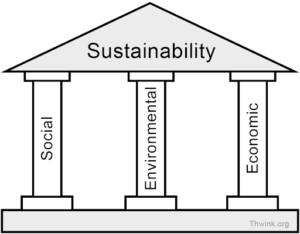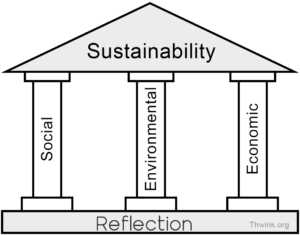In my Western Humanities course (HUMN221) at Geneseo, I was given the task to read a speech given by Frederick Douglass which he gave at Rochester, New York by the title of “What to the Slave is the Fourth of July?” In the entirety of his speech, Douglass questions what freedom African Americans have received in the United States after its independence from Great Britain. Douglass says that the “blessings in which [white people]… rejoice, are not enjoyed in common” with African Americans. He is in shock that they must “prove that [they] are men!” Having to prove and question the blessings that others receive and what they don’t, reminds me of Ella Jenkins version of “Wade in the Water”. In this song, the fugitives question God’s ability to save them when they sing “Didn’t my Lord deliver Daniel well/ Then why not every man?” While this point does pique my interest, I am also particularly interested in exploring the modern version of the song, “Hey Little Walter” by Tony! Toni! Toné! In which the main character, Little Walter, seems to be receiving blessings but is actually not. This brings me to highlight the transformation these songs go through to adapt to current problems the African-American community is experiencing.
The purpose of the hook in a song is to catch the ears attention by having a set of lyrics being repeated throughout. In “Wade in the Water” the title of the song is the actual hook. This hook is a reminder to those in the journey that as long as the stay by the water they will not be caught by dogs. In the modern version of this song by Tony! Toni! Toné! the hook is “Hey Little Walter” which is also the title of the song. The hook’s purpose it to catch Little Walter’s attention since he keeps avoiding the speaker of the song, his roommate. While there are exact lyrical differences between throughout both songs, their titles are the hooks for the song. In addition, both hooks are a voice of guidance towards their audience which for “Wade in the Water” are fugitives and for “Hey Little Walter” is for all the Little Walter’s out there who are following his footsteps.
One other aspect of these two songs I will discuss is the main character’s journey within the song. In the Jenkins version, the fugitives would wade and “wash the sins (slavery) all the way.” The trip was dangerous as they ‘washed till [their] hands were sore” telling us how long and tiring this trip was. While some were able to complete their journey by escaping, some “could wash a-no more” and would not make the whole trip. While the journey the slaves go through fits the literal definition of a journey, in “Hey Little Walter” is completely different. The journey between both the speaker and Little Walter’s relationship. The speaker’s journey is him trying to work things out with Little Walter until he starts noticing his ability to waste money on other things besides what he is responsible for. Towards the end of their journey, the speaker “thought [having to straight Little Walter] would be short, but it lasted half the night” followed by Little Walter being shot in the head.
Although I was aware of song covers and parodies, I am amazed at how the songs are somewhat reconstructed where we can still recognize its origin. I now wonder if this is present within other cultures too.


